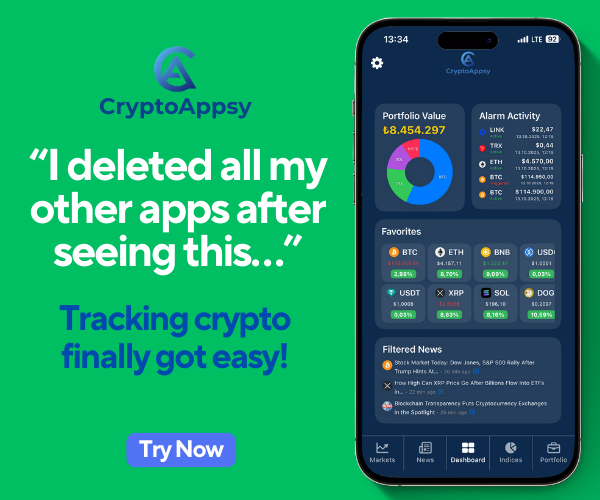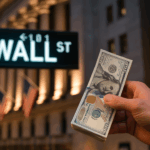Two separate incidents unfolded on New Year’s Day, leaving multiple fatalities and raising questions about their connections. In New Orleans, a Ford F-150 Lightning driven by Shamsud-Din Jabbar plowed into a crowd at the intersection of Canal and Bourbon streets, killing 14 people and injuring dozens. Hours later in Las Vegas, a Tesla (NASDAQ:TSLA) Cybertruck parked outside the Trump International Hotel exploded. Both individuals involved were identified as Army soldiers who had served at Fort Liberty and were deployed to Afghanistan in 2009.
Why did both vehicles come from Turo?
Authorities revealed that both vehicles involved in the tragic events had been rented through Turo, a peer-to-peer vehicle-sharing platform. This detail has drawn attention to how such platforms might be exploited for illegal activities. A deeper investigation into Turo’s rental policies is underway, and the company is expected to cooperate with law enforcement. Ford CEO Jim Farley expressed sorrow over the events, saying,
“We are deeply saddened by the misuse of our vehicle in such a horrific manner.”
How did Tesla’s systems aid in the Cybertruck investigation?
Tesla’s technology played a critical role in tracing Matthew Livelsberger, the individual linked to the Cybertruck explosion. Real-time data from Tesla charging stations and license plate readers allowed law enforcement to reconstruct his movements. Elon Musk’s team offered rapid assistance, with Musk commenting,
“The suspect picked the wrong vehicle if they wanted to escape unnoticed.”
Meanwhile, the heavily damaged Cybertruck, though burned out, reportedly prevented further casualties due to its structural integrity.
Both incidents have brought renewed scrutiny to how emerging technologies in electric vehicles and peer-to-peer rental platforms are monitored. Others have questioned whether existing security protocols are sufficient to deter such acts. Tesla and Ford have since reiterated their commitment to supporting investigations and ensuring safer systems for users.
When compared to earlier events involving vehicle misuse, these incidents stand out due to the technological elements involved. For instance, the extensive use of Tesla’s proprietary systems to aid law enforcement highlights a shift in how modern vehicles can contribute to ensuring public safety. However, the use of Turo as a facilitator raises broader concerns about vetting processes in digital platforms.
These events underscore the need for more rigorous security measures in peer-to-peer platforms and increased collaboration between technology companies and law enforcement. While Tesla’s rapid response demonstrated how real-time data could assist in mitigating such crises, questions remain about preventive measures. As the investigation continues, it will likely prompt changes in how vehicle-sharing services and advanced car technologies are regulated and monitored.










